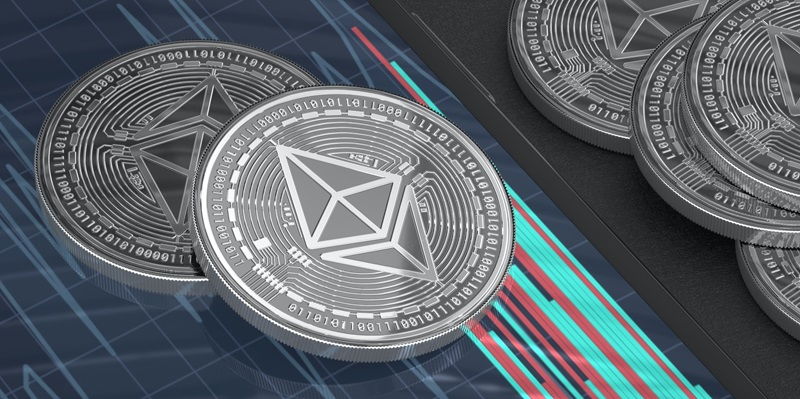In an exciting development within the Ethereum community, the ERC-3643 Ethereum Improvement Proposal (EIP) has been widely recognized as a significant step towards tokenizing real-world assets (RWAs). This article will provide an in-depth overview of the adoption of ERC-3643 as a recognized standard, its key features, implementation of permission layers, the benefits of asset tokenization, and the future growth potential of this market.
Formal recognition of ERC-3643 as a standard
ERC-3643 has achieved its final status, representing the culmination of a comprehensive review, thoughtful discussion, and consensus among the Ethereum community. This recognition highlights the community’s commitment to establishing a standard for effectively tokenizing real-world assets.
Key features of ERC-3643
ERC-3643 is a versatile standard that is not limited to RWAs, but can also be applied to securities tokenization, payment systems, and loyalty programs. One of its standout features is the integration of a self-sovereign identity (SSI) framework. This framework ensures the verification of user eligibility for tokens while maintaining anonymity and providing verifiable credentials.
Implementation of permission layers for enhanced security and compliance
To ensure utmost security and compliance, ERC-3643 utilizes two layers of permission. The first layer focuses on the identity and eligibility of the receiver in a transaction. This is achieved through the integration of ERC-734/-735 standards and trusted claim issuers, which authenticate the claims made by the receiver. This layer strengthens the overall security of the token ecosystem.
The second layer of permission revolves around global restrictions imposed on the token itself. These restrictions include daily volume limits and a maximum number of token holders, which allow for controlled and regulated token circulation. The second layer ensures that the token operates within established legal frameworks, creating an environment of trust and accountability.
Benefits of Asset Tokenization
Asset tokenization, facilitated by ERC-3643, offers numerous benefits to stakeholders. One key advantage lies in increased liquidity, as tokenization enables fractional ownership and facilitates the trading of assets on secondary markets. Furthermore, the tokenization process allows for faster settlements, reducing the traditional complexity and time associated with asset transfers.
Transparency is another significant advantage of asset tokenization. By leveraging blockchain technology, the entire transaction history of the token becomes immutable and transparent, promoting trust among participants. Additionally, tokenization gives access to a wide range of markets, breaking down barriers and enabling global participation.
Growth potential of the asset tokenization market
The outlook for the asset tokenization market is incredibly promising. Analysts project that by 2030, the market will reach a staggering value of $10 trillion. This is a significant increase compared to the current valuation of around $300 billion. The growing interest in digitizing and fractionalizing assets, combined with the efficiency and transparency offered by asset tokenization, makes it an increasingly attractive option for both traditional and alternative asset classes.
The adoption of ERC-3643 as a recognized standard for tokenizing real-world assets marks a significant development within the Ethereum community. The integration of self-sovereign identity, coupled with the implementation of permission layers, enhances security and compliance in the tokenization process. Asset tokenization offers various advantages, such as increased liquidity, faster settlements, and transparency. With the market expected to grow to $10 trillion by 2030, asset tokenization is positioned to revolutionize the way we trade and interact with real-world assets.

